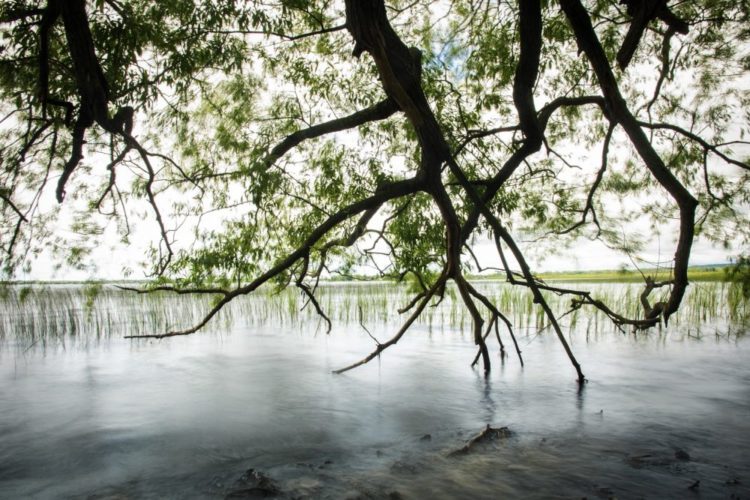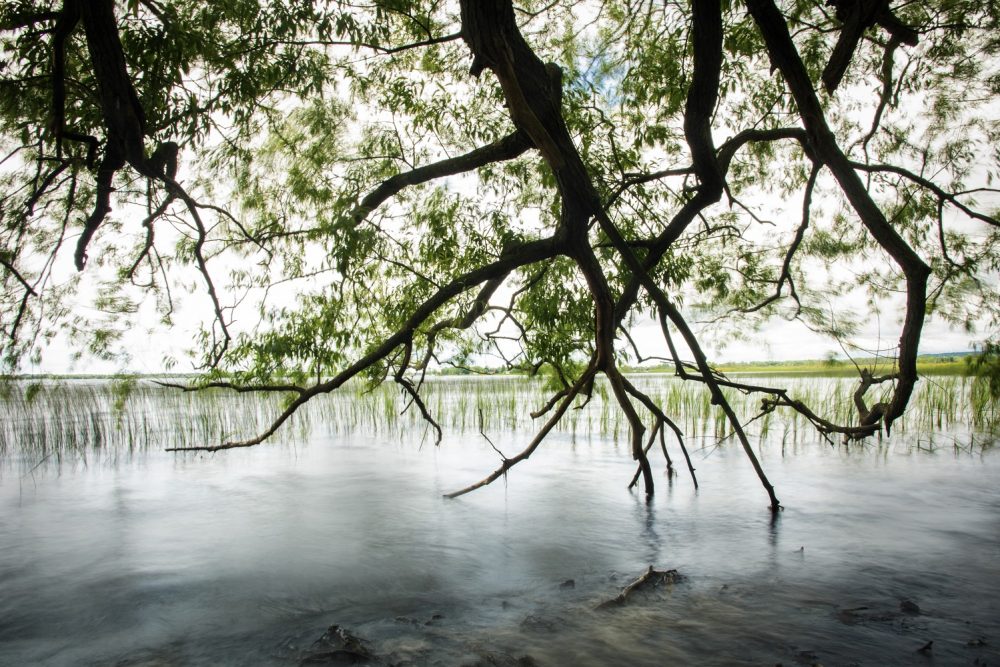The Nature Conservancy of Canada (NCC) made a string of announcements this week, which included two conservation initiatives that will protect Canadian water.
Together, the NCC and Ducks Unlimited Canada (DUC) announced the protection of 93 hectares and 2.5 kilometres of undeveloped Lake Ontario shoreline and coastal wetland near Brighton, Ontario.
“I want to thank our partners, the local community of Brighton and all of the donors who stepped up to help protect this important area. Intact wetlands along the shore of Lake Ontario are rare, so to be able to protect one is a great success for conservation,” said Wendy Cridland, acting regional vice president, Ontario, NCC. “The Brighton Wetland project gives us hope that the landscapes we love today will be here for others to enjoy tomorrow.”
Brighton Wetland is a large, intact, coastal wetland located near Presqu’ile Provincial Park. Each year, tens of thousands of ducks and geese stop, rest, and feed in the sheltered areas of Presqu’ile Bay’s coastal wetlands.

“The Brighton Wetland project is a great example of how we can work together to successfully protect Ontario’s critical coastal wetland habitats and maximize conservation gains,” said Lynette Mader, manager, Provincial Operations – Ontario, DUC. “We’re pleased to have the opportunity to help protect this important property for waterfowl, wildlife and the Brighton community, for years to come.”
Funding for the Presqu’ile Bay joint project was generously supported by funding from the Government of Canada, through the Natural Areas Conservation Program. These funds were matched by a number of other donors, including the Municipality of Brighton, Lower Trent Region Conservation Authority, Northumberland Land Trust, Lone Pine Land Trust, as well as nature clubs and many individual donors.
In southwestern Alberta, NCC has helped to protect an 811-hectare portion of the White Moose Ranch, located just west of the Town of Turner Valley. White Moose Ranch is adjacent to the Sheep River and located in the headwaters region of southern Alberta. The headwater area covers only four per cent of the province but provides fresh drinking water to 45 per cent of Albertans.
The region is one of the last pieces of relatively intact fescue grasslands in the province. It is estimated that less than five per cent of native fescue grasslands remain in Canada, making this area one of the most threatened regions in the country. Conserving this significant stretch of working rangeland will assist in the conservation of water quality, flood mitigation, and the maintenance of an important watershed in Alberta’s southern foothills.









